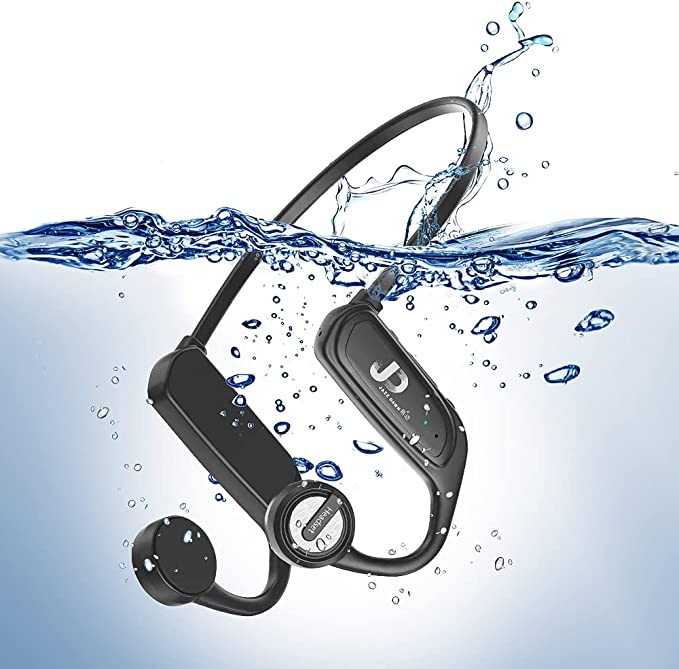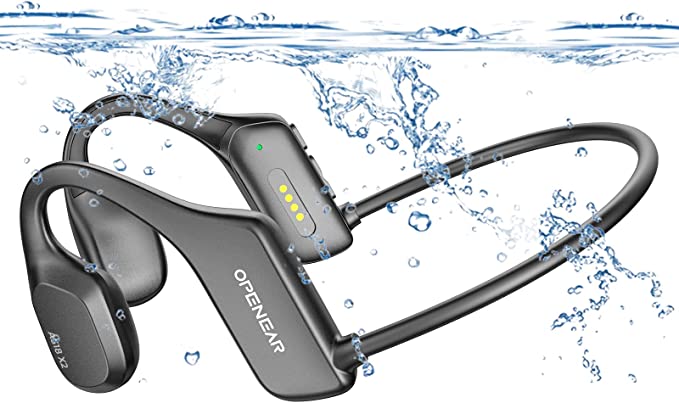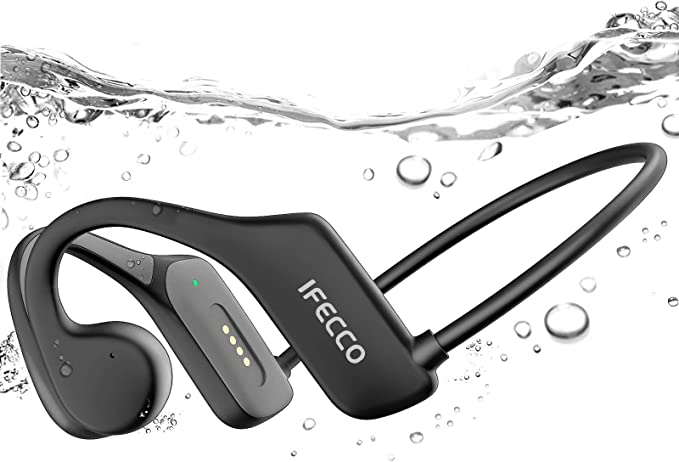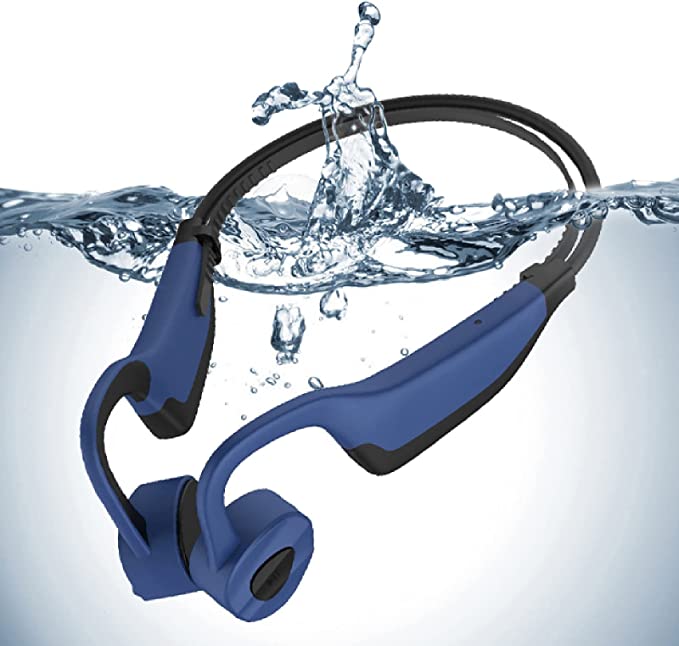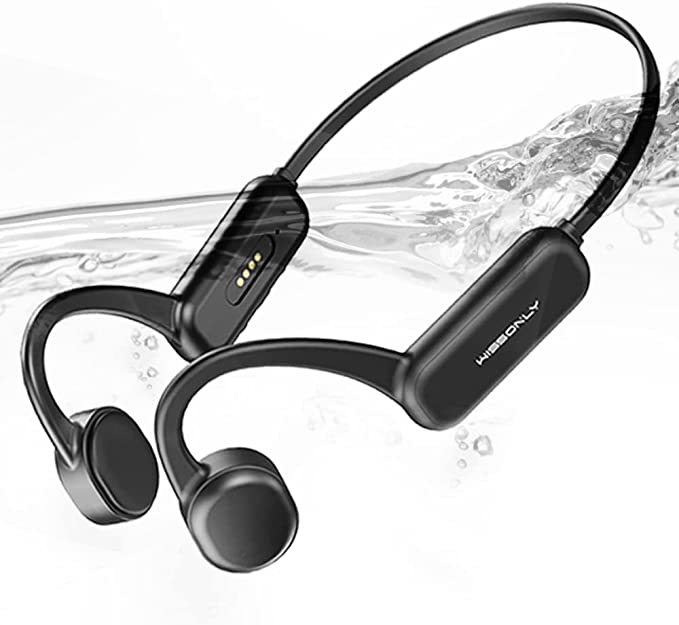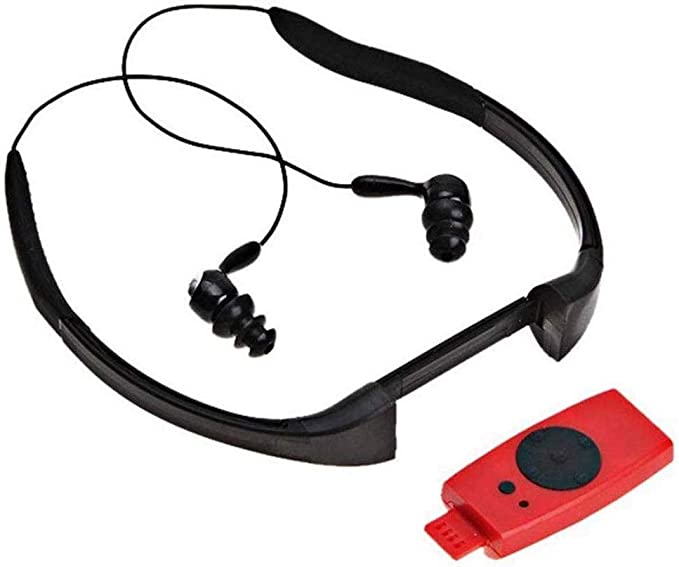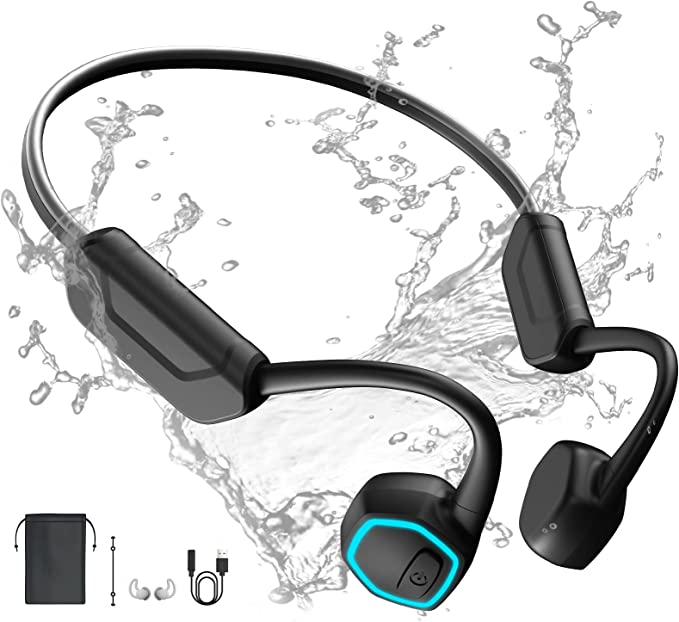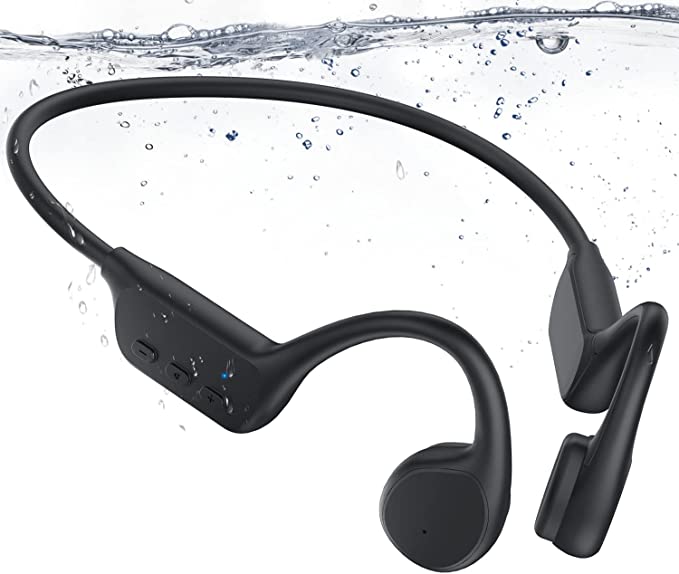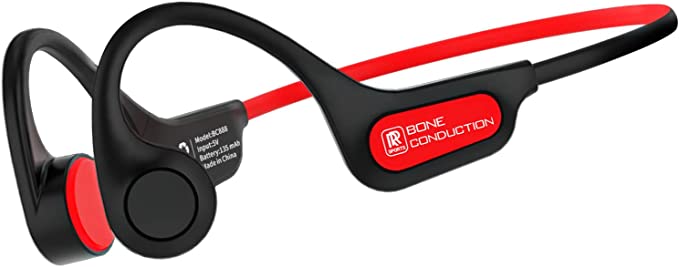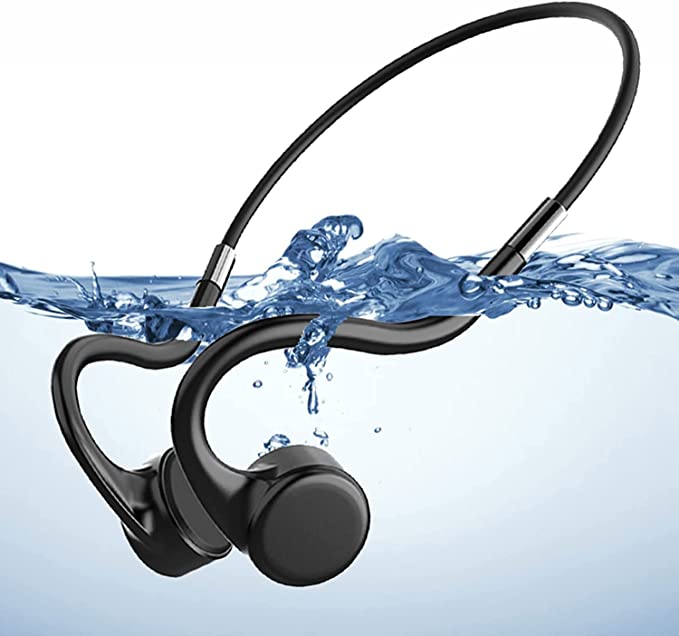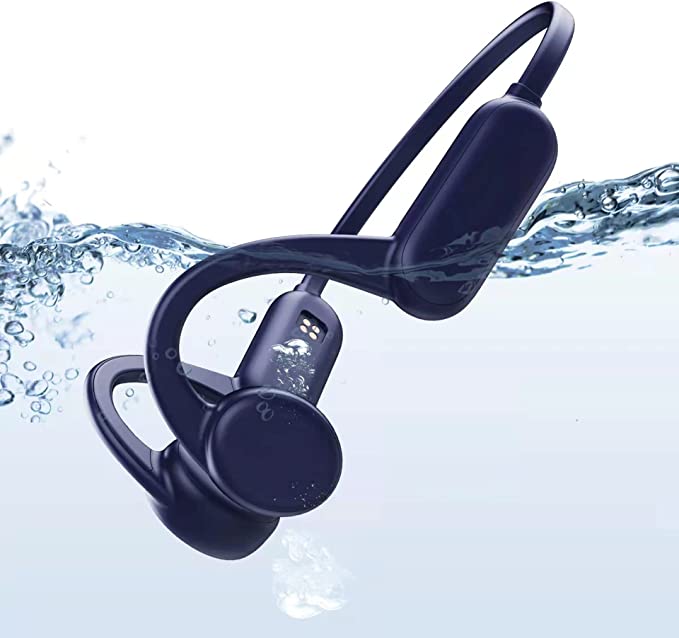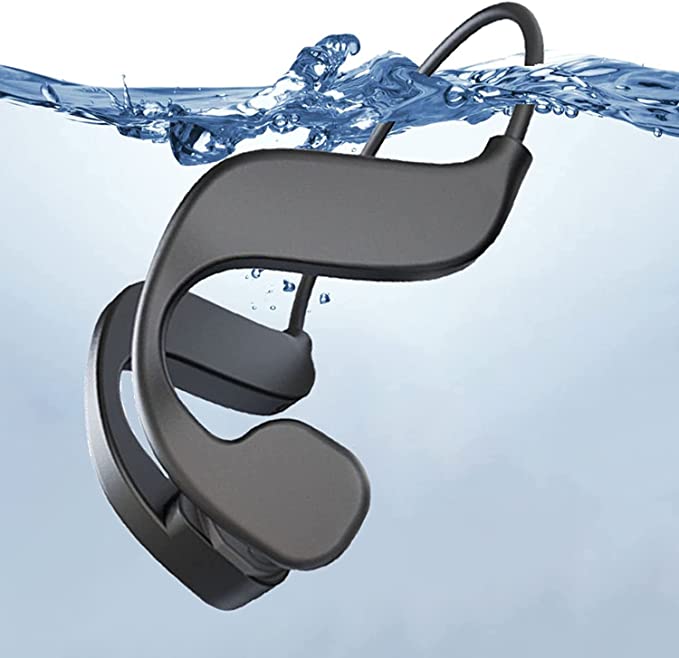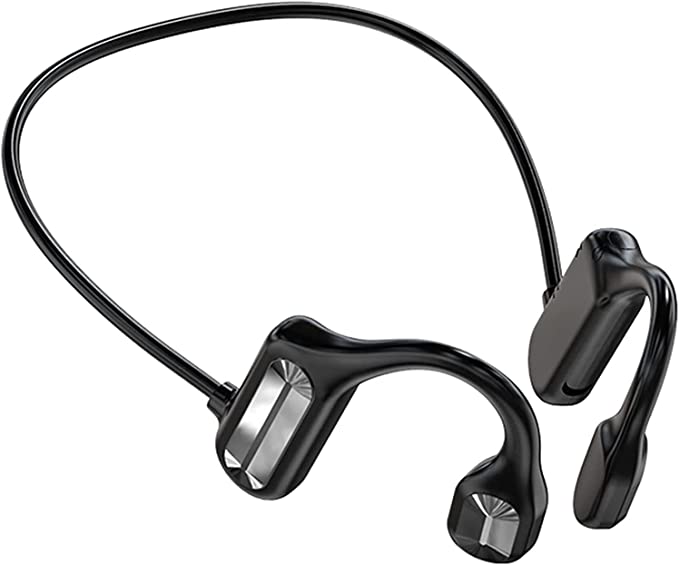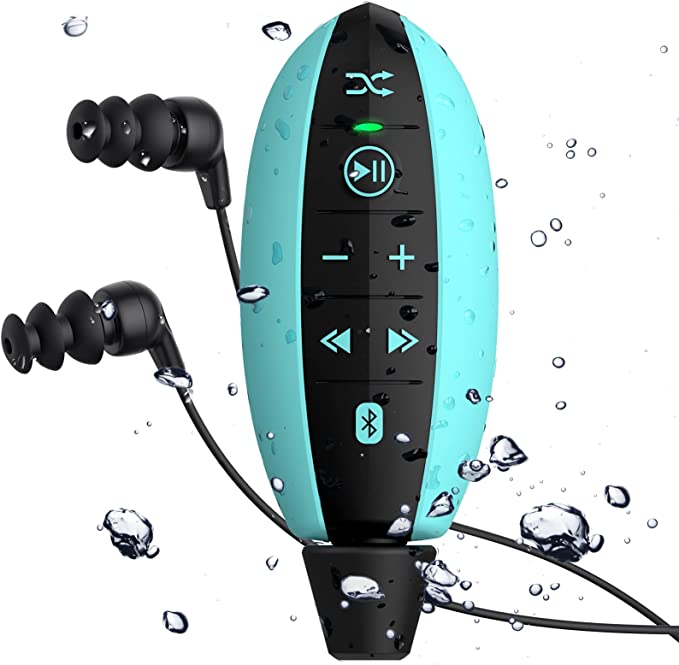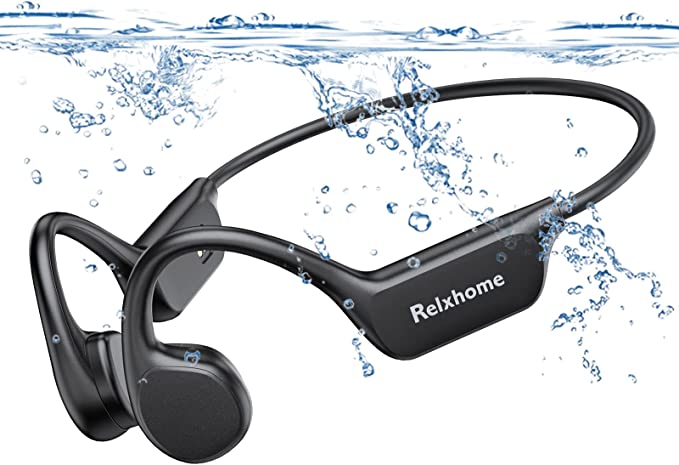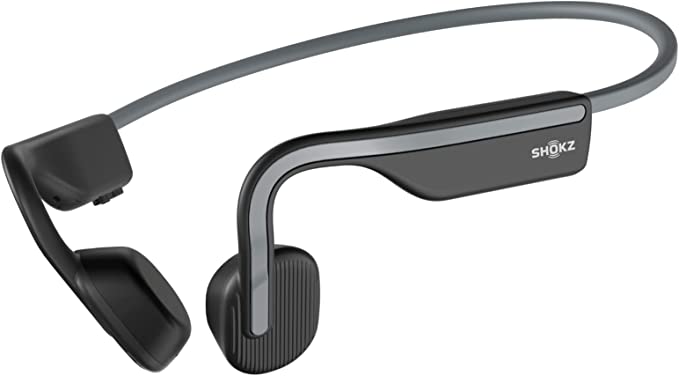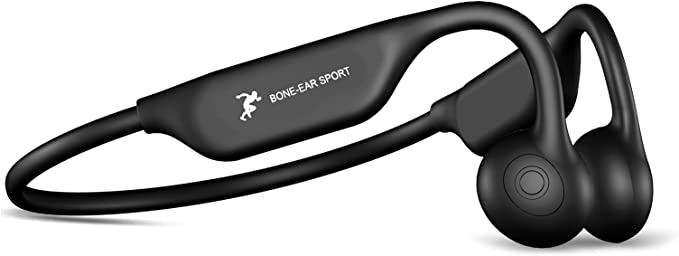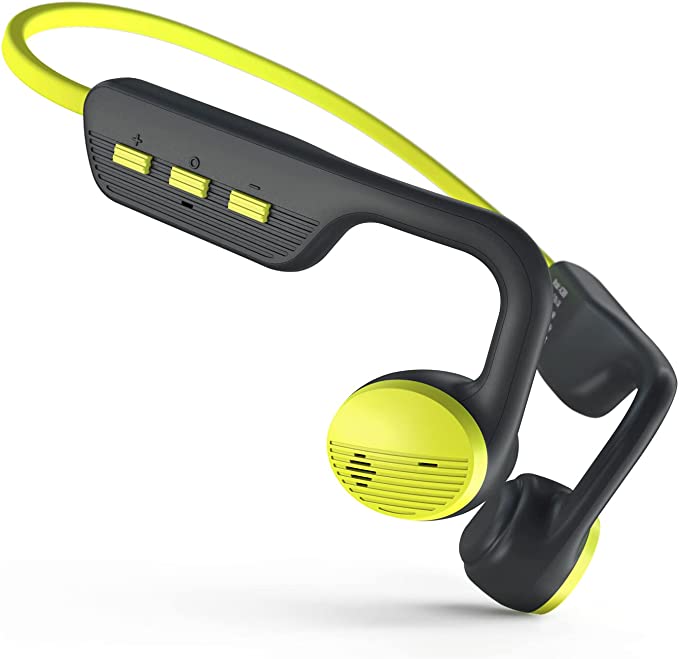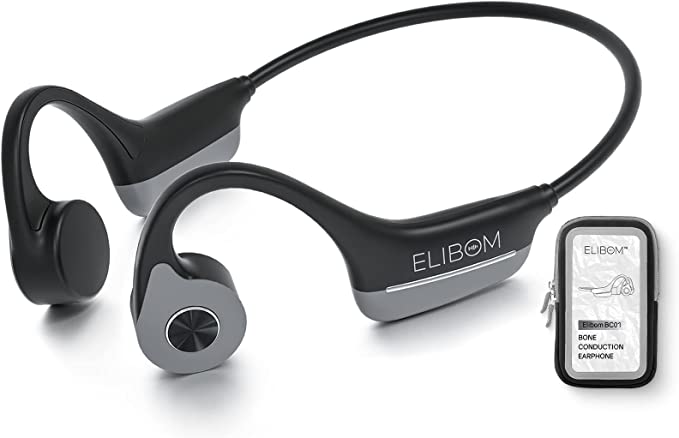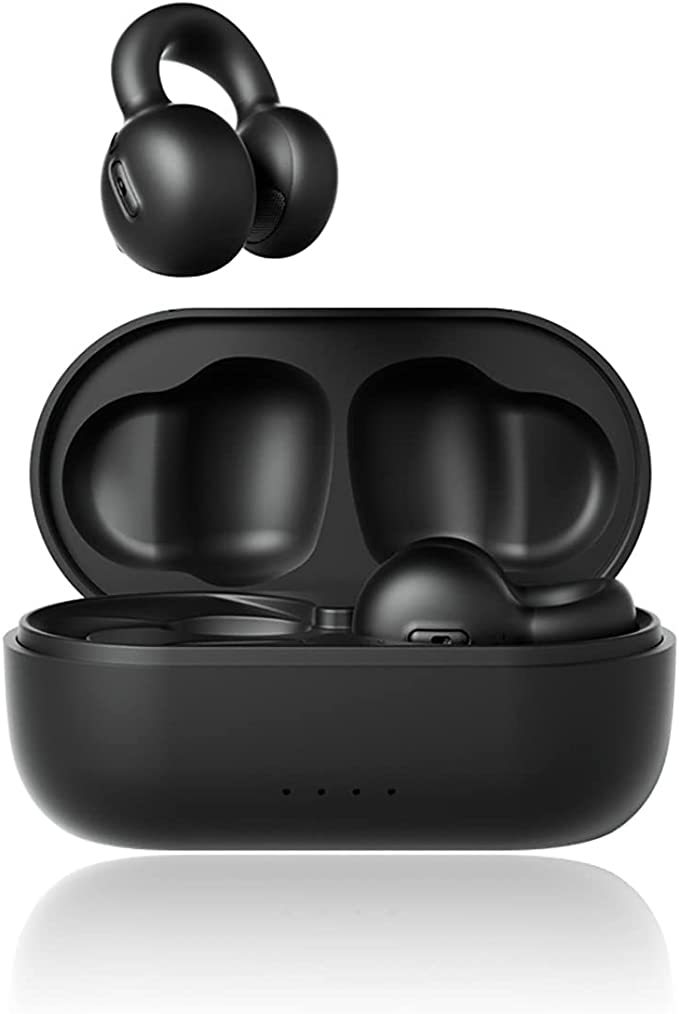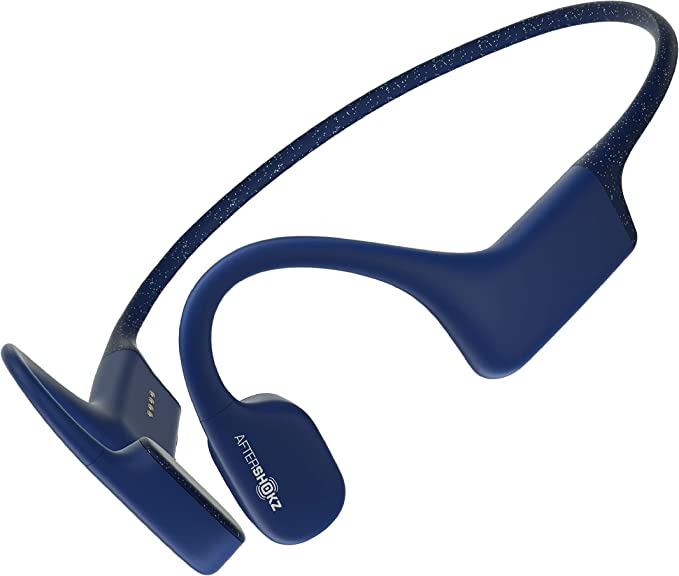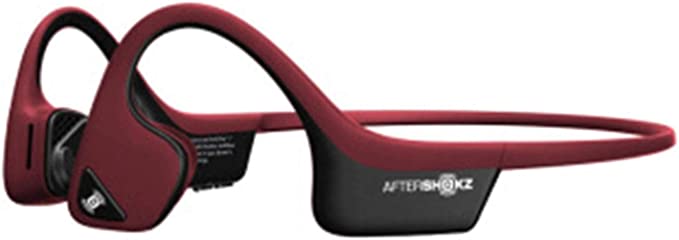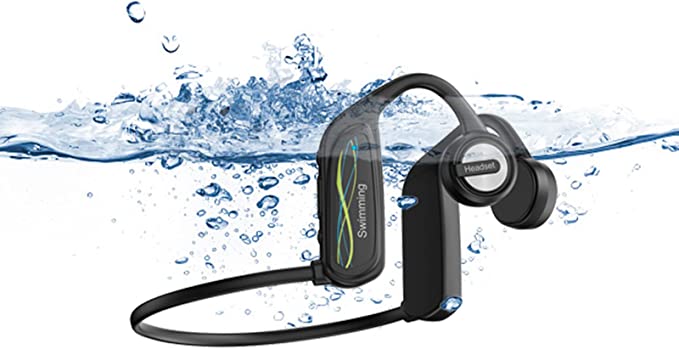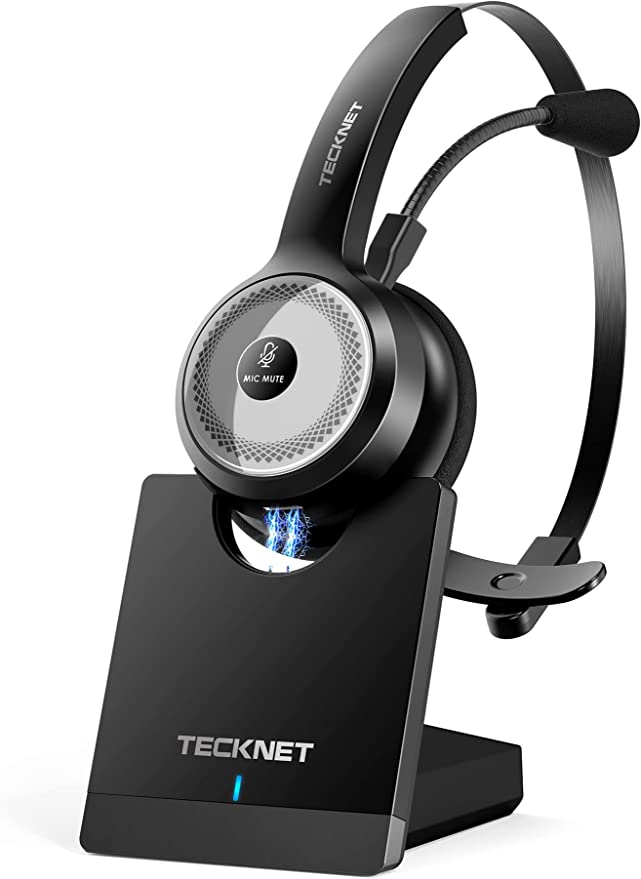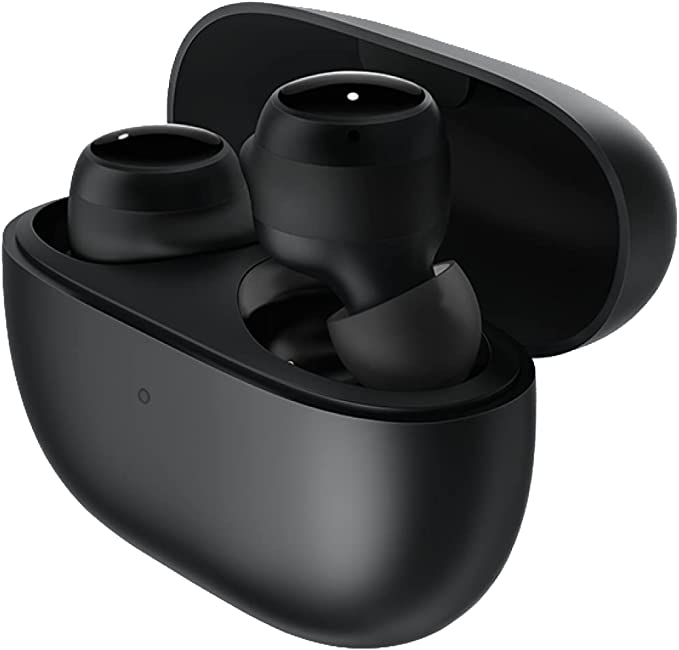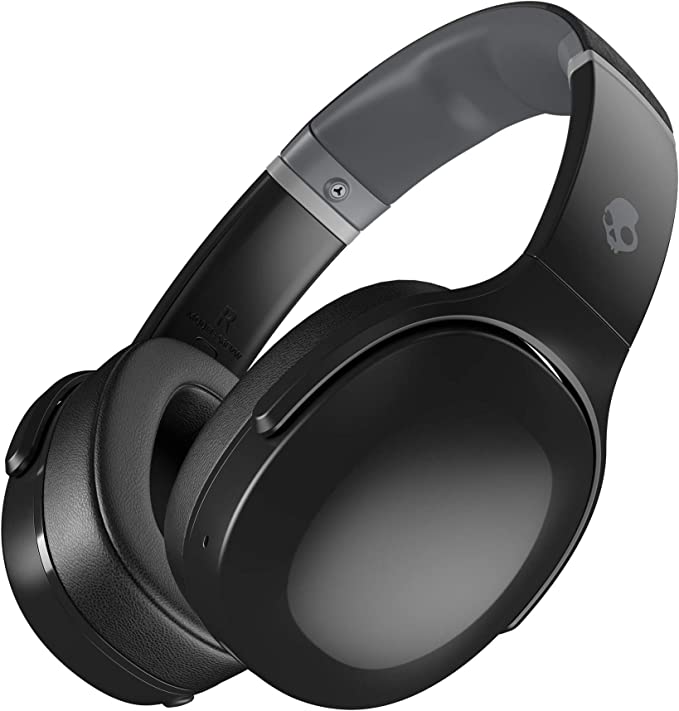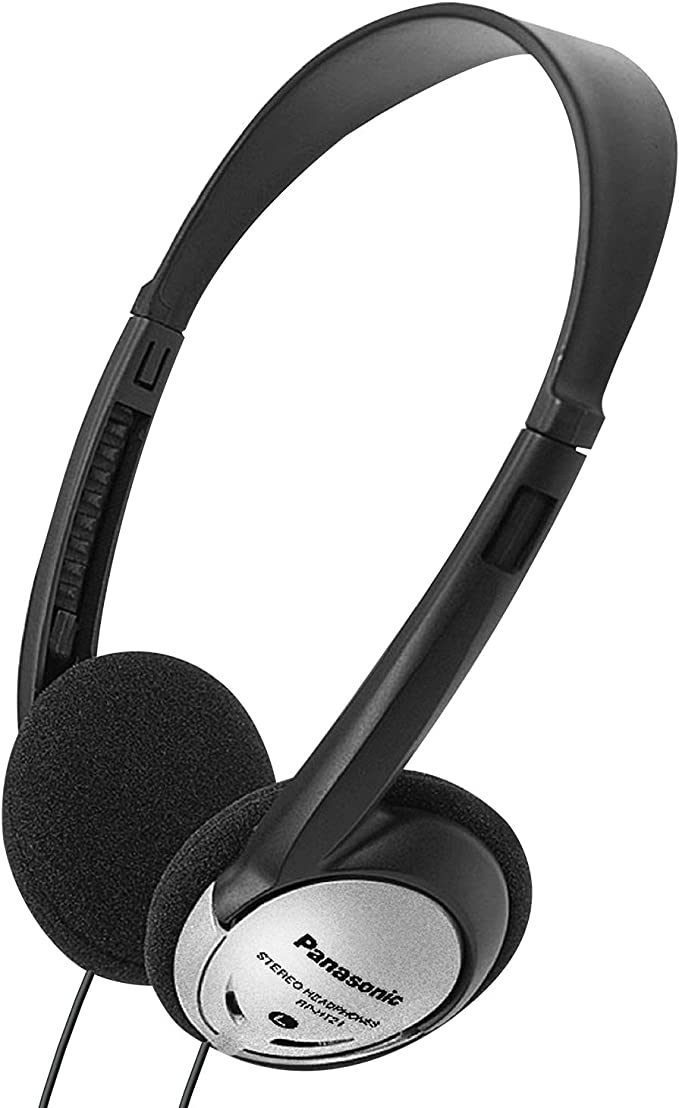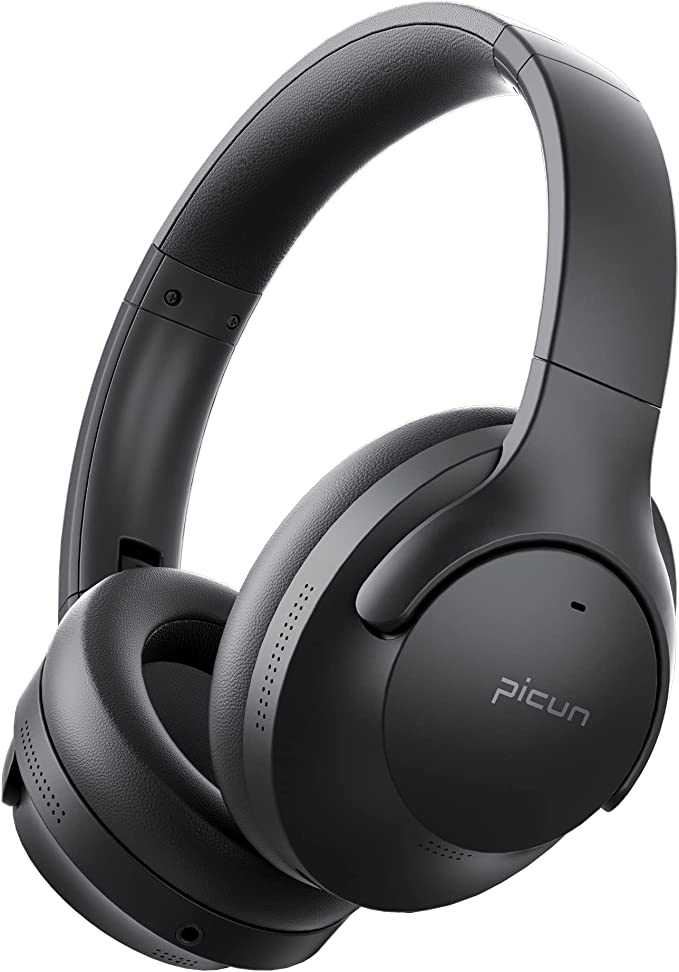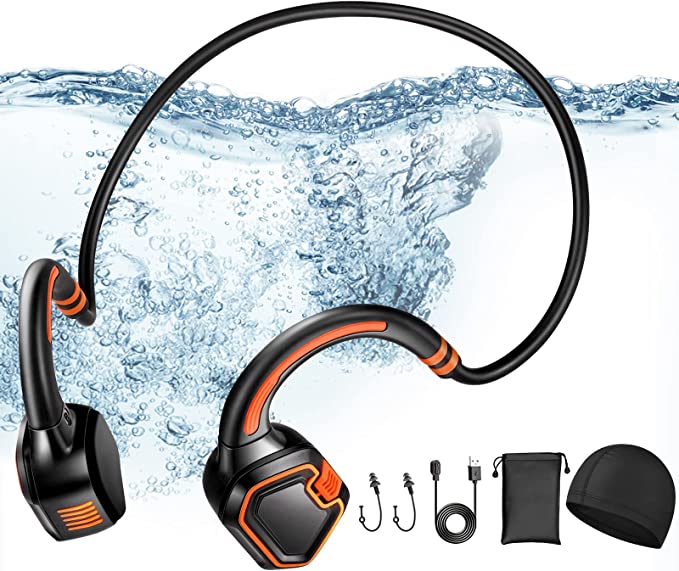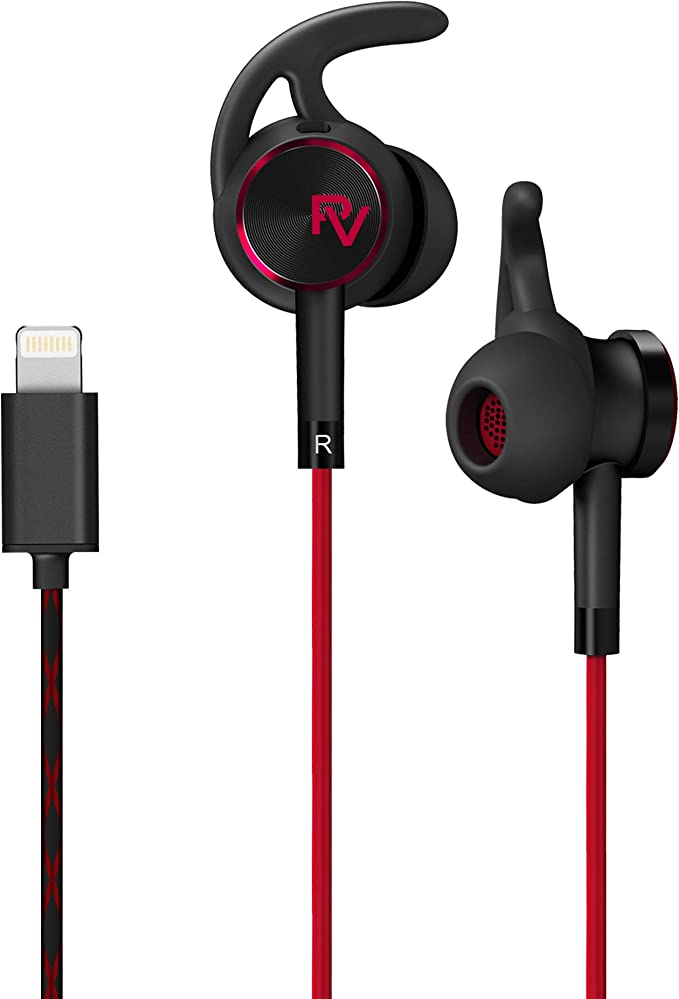The Science of Swimming with Sound: A Deep Dive into Bone Conduction Headphones
Update on Aug. 13, 2025, 7:45 a.m.
For many, the rhythmic solitude of a long swim is a meditative experience. It’s a world of muffled splashes and the steady beat of your own heart. Yet, this aquatic isolation presents a modern paradox: in an age of constant audio streams, the swimmer is often left in silence. The very element that supports the body resists the technology meant to entertain the mind. Conventional earbuds are a non-starter; they fail, muffle, and surrender to the water. But what if sound didn’t need to travel through the air in your ear canal at all? What if you could hear through the very framework of your own body?
This is not a futuristic concept, but a principle with surprisingly deep roots. Centuries ago, the composer Ludwig van Beethoven, facing profound hearing loss, was said to have discovered a way to perceive his own compositions by clenching a rod in his teeth and pressing the other end against his piano. The vibrations traveled through the rod, through his jaw, and directly to the nerves of his inner ear. He was, in essence, using bone conduction. Today, this fundamental principle of physics has been refined and miniaturized into devices like the Ruirtarci K9-PRO 3-in-1 Bone Conduction Headphones, which aim to solve the swimmer’s audio paradox once and for all. This device serves as a perfect case study, a vessel holding fascinating lessons in physics, engineering, and the elegant compromises of product design.

Hearing Through Bone: A Different Path to Perception
To understand how these headphones function, one must first unlearn the conventional model of hearing. Typically, sound waves travel through the air, are collected by the outer ear, and cause the eardrum (tympanic membrane) to vibrate. These vibrations are then amplified by tiny bones in the middle ear and transmitted to the cochlea, the fluid-filled, spiral-shaped organ in the inner ear that translates mechanical motion into nerve impulses for the brain.
Bone conduction technology bypasses the first half of that journey entirely. Instead of tiny speakers, devices like the K9-PRO use transducers that rest on the listener’s cheekbones. These transducers don’t create sound waves in the air; they convert electrical signals into subtle mechanical vibrations. These vibrations travel through the solid structure of the skull directly to the cochlea. Your eardrums are left completely uninvolved, and your ear canals remain open.
This “open-ear” design is a direct and profound consequence of the core technology, yielding two critical benefits. The first is comfort, eliminating the pressure and irritation that can come from earbuds wedged into the ear canal for long periods. The second, and arguably more important, is situational awareness. For a cyclist on a busy road or a runner in a city park, the ability to hear approaching traffic or other people while still enjoying music is not a luxury, but a vital safety feature.

Engineering Against Water: The IPX8 Standard and Bluetooth’s Failure
While bone conduction solves the problem of getting sound to the inner ear, the greater challenge for a swimming headset is surviving the environment itself. This is where the IPX8 waterproof rating comes into play. The “IP” stands for Ingress Protection, a standard (IEC 60529) that grades a device’s resistance to solids and liquids. The “X” simply means it hasn’t been rated for dust protection (a low priority for a swimming device), while the second digit, “8,” signifies the highest level of liquid protection.
However, IPX8 is not a magic shield of absolute immunity. Crucially, the standard dictates that the device is suitable for continuous immersion in water under conditions specified by the manufacturer. This means one IPX8 device might be tested for 30 minutes at 1.5 meters, while another, like the K9-PRO, might be rated for greater depths or durations. It represents a robust seal against water, achieved through a combination of nano-coatings, gaskets, and precise construction, but its limits are defined.
This robust waterproofing leads to a fascinating problem of physics. You have a perfectly protected headset, but how do you get the music to it? The obvious answer, Bluetooth, hits a literal wall. Water is remarkably effective at absorbing the 2.4 GHz radio waves used by Bluetooth. The signal attenuation is so severe that a connection to a phone on the pool deck, or even in a pouch on your arm, becomes unstable or impossible just inches below the surface. It’s the same reason submarines must surface to communicate wirelessly with satellites.

The Necessary Innovation: Why an MP3 Player is a Modern Solution
This physical limitation explains why the Ruirtarci K9-PRO‘s most critical feature is arguably its built-in 32GB MP3 player. In this context, onboard storage is not a “retro” feature but a sophisticated and necessary engineering solution to a fundamental physics problem. By pre-loading audio files directly onto the headphones, the user creates a self-contained audio system that is entirely independent of the water’s signal-blocking properties.
A capacity of 32GB is substantial. While marketing may claim “8,000 songs,” this is based on a low-bitrate (e.g., 128 kbps) MP3 file. For an audiophile using higher-quality formats like 320 kbps MP3 or lossless FLAC files, the number of tracks would be significantly lower, but the playback time would still amount to hundreds of hours—more than enough for countless training sessions. This feature provides the ultimate freedom: the freedom from a phone, from a connection, and from the physical constraints of the water itself.

The Auditory Compromise: Understanding the Sound of Bone
With its clever engineering, the K9-PRO presents a compelling package. Yet, the product’s online rating—a modest 3.5 out of 5 stars from a small sample of users—points to the final, and perhaps most nuanced, piece of the puzzle: the nature of bone conduction sound itself. Many users of bone conduction technology report that the audio, while clear, lacks the deep, resonant bass of traditional over-ear or in-ear headphones.
This is not a defect, but another technical trade-off rooted in psychoacoustics. The rich bass we perceive from conventional headphones is a product of two things: powerful drivers moving a significant amount of air in a sealed or semi-sealed space (the ear canal or earcup), and the physical pressure and vibration felt by the entire ear. Bone conduction, by its very nature, cannot replicate this. It excels at transmitting mid and high-range frequencies, resulting in exceptional clarity for vocals and podcasts. Low frequencies, however, are perceived more as a haptic vibration on the cheekbones than as the deep, resonant “thump” we’ve come to associate with bass.
Therefore, the 3.5-star rating isn’t necessarily a sign of failure. It is the mathematical average of user expectations clashing with technological reality. For a swimmer who has had no audio for years, the clear sound of the K9-PRO is a revelation. For an audiophile accustomed to high-fidelity headphones in a quiet room, the sound signature may feel thin. The K9-PRO is not designed to compete with the latter; it is engineered to serve the former, trading a slice of audio fidelity for the unique ability to function flawlessly in an environment where all other personal audio fails. It represents a choice: to have very good, open-ear audio anywhere, including underwater, rather than perfect audio that is confined to dry land.
In the end, the Ruirtarci K9-PRO is more than just a sports headset. It’s a testament to the elegant dance between human desire and the laws of physics. It shows us that innovation isn’t always about inventing something entirely new, but often about cleverly combining existing principles—the biological shortcut of bone conduction, the robust engineering of waterproofing, and the practical necessity of local storage—to create a solution for a problem once thought unsolvable. It invites us not just to listen to music while we swim, but to appreciate the intricate science that makes it possible.

